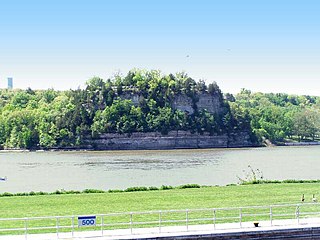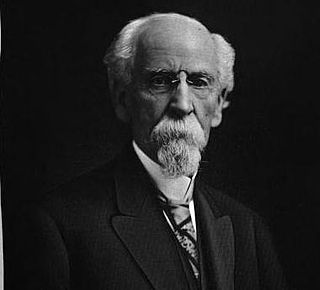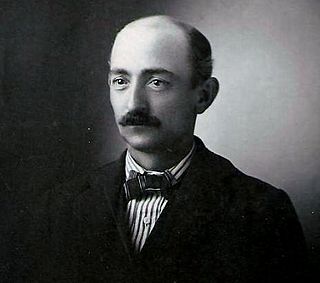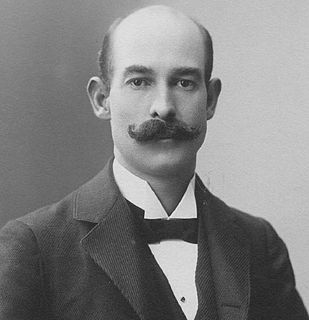
Gibson County is a county in the southwestern part of the U.S. state of Indiana. As of the 2010 United States Census, the population was 33,503. The county seat is Princeton.

Wabash County is a county located in the U.S. state of Illinois. According to the 2010 census, it had a population of 11,947. Its county seat is Mount Carmel. It is located in the southern portion of Illinois known locally as "Little Egypt".

Mount Carmel is a city in and the county seat of Wabash County, Illinois, United States. At the time of the 2010 census, the population was 7,284, and it is the largest city in the county. The next largest town in Wabash County is Allendale, population 475.

The Wabash River is a 503-mile-long (810 km) river that drains most of the state of Indiana in the United States. It flows from the headwaters in Ohio, near the Indiana border, then southwest across northern Indiana turning south near the Illinois border, where the southern portion forms the Indiana-Illinois border before flowing into the Ohio River.

The White River is an American two-forked river that flows through central and southern Indiana and is the main tributary to the Wabash River. Via the west fork, considered to be the main stem of the river by the U.S. Board on Geographic Names, the White River is 362 miles (583 km) long. Indiana's capital, Indianapolis, is located on the river. The two forks meet just north of Petersburg and empty into the Wabash River at Mount Carmel, Illinois.

Starved Rock State Park is a state park in the U.S. state of Illinois, characterized by the many canyons within its 2,630 acres (1,064 ha). Located just southeast of the village of Utica, in Deer Park Township, LaSalle County, Illinois, along the south bank of the Illinois River, the park hosts over two million visitors annually, the most for any Illinois state park.

Zion Canyon is a deep and narrow gorge in southwestern Utah, United States, carved by the North Fork of the Virgin River. Nearly the entire canyon is located within the western half of Zion National Park.

Doctor Thomas Hinde was Northern Kentucky's first physician, a member of the British Royal Navy, an American Revolutionary, personal physician to Patrick Henry, and treated General Wolfe when he died in Quebec, Canada.

Fountain Bluff is a large, isolated range of hills located in the floodplain of the Mississippi River, on the river's east bank in Fountain Bluff Township, Illinois. Its unusual geographic location was a result of glaciation during the previous Ice Age. It is known for its high steep sandstone cliffs along the river, its biodiversity and abundant Native American rock art.

The Grand Rapids Hotel also known as The Grand Rapids Resort, was a hotel that existed outside of Mount Carmel, Illinois, in Wabash County, Illinois, United States in Southern Illinois from 1922 to 1929. The hotel was located on the Wabash River next to the Grand Rapids Dam on land that was originally purchased by Thomas S. Hinde. Before the hotel was built, the property where the hotel was located was a site of a former homestead, and was used by Frederick Hinde Zimmerman for multiple small shops that sold goods to fisherman and tourists.

Charles T. Hinde was an American industrialist, tycoon, riverboat captain, businessman, and entrepreneur. He managed many businesses and invested in numerous business ventures over the course of his life. Hinde served in executive leadership positions in the river navigation, shipping, railroad, and hotel businesses. By his late forties, Hinde had already amassed a great fortune from his work in the steamboat and railroad industries.

Thomas Spottswood Hinde was an American newspaper editor, opponent of slavery, author, historian, real estate investor, Methodist minister and a founder of the city of Mount Carmel, Illinois. Members of the Hinde family were prominent in Virginia, Kentucky, Ohio, and Illinois. His sons Charles T. Hinde became a shipping magnate and Edmund C. Hinde an adventurer. He was the father-in-law of judge Charles H. Constable.

Frederick Hinde Zimmerman was an American banker, farmer, real estate entrepreneur, businessman, and hotel owner. Due to his large land holdings and expertise in farming, Zimmerman became a notable farmer, breeder, and real estate entrepreneur. Zimmerman's farm, originally purchased by his grandfather Thomas S. Hinde from the federal government in 1815, included the Grand Rapids Dam, Hanging Rock, and Buttercrust. His first experience running a business was in 1883 when he ran a grocery store in Fort Smith, Arkansas with his cousin Harry Hinde. Many of his businesses centered on his family farm, but in later years Zimmerman achieved success through his ownership and investment in mines, banks, and real estate. He also owned or invested in the Hanging Rock and Grand Rapids Dam Farm Company, the Grand Rapids Hotel Park Company, and the Wabash Bull-Frog Mines Company.

The Grand Rapids Dam was a dam located on the Wabash River on the state line between Wabash County and Knox County in the U.S. states of Illinois and Indiana. The dam was built in the late 1890s by the Army Corps of Engineers to improve navigation on the Wabash River. The dam was located near Mount Carmel, Illinois.

Edmund C. Hinde was a gold miner and laborer. His life was, at times, extremely difficult and filled with various hardships due to his career as a gold prospector in the 1850s. Throughout most of his adult life Hinde kept detailed diaries on his daily activities. After his death, his son, Harry Hinde, donated the diaries to the California State Library. The diaries have provided a wealth of information on a variety of topics, in particular on the California Gold Rush.

Harry H. Hinde was a Missouri State Representative, businessman, aircraft designer, patent holder, and inventor.

Ira Glenn Goodart was an American railroad conductor, hotel manager, county commissioner and county treasurer. Goodart was raised in Friendsville, Illinois, a small community outside of Mount Carmel, Illinois, in a German Catholic family. After trying a variety of menial jobs Goodart took a position on the New York Central Railroad as a conductor. He held the position with the New York Central until he lost his right leg during a violent train crash in the early 1920s.

Jacob Zimmerman was an Illinois state legislator, newspaper editor, and businessman. Zimmerman was a pioneer in the newspaper business in Illinois and Ohio, and a businessman who invested in mining, land, and banks in the Midwest. Zimmerman held a number of elected political offices in Illinois before his death in 1912.

Oscar Luscher Rapson was an American farmhand, hotel manager and store owner. Rapson is best known for being the first manager of the Grand Rapids Hotel, which was the first major resort on the Wabash River.
William M'Intosh was a fur trader, treasurer of the Indiana Territory under William Henry Harrison, and real estate entrepreneur. He became famous for the United States Supreme Court case of Johnson v. M'Intosh (1823) and for his massive real estate holdings on the Wabash River.


















